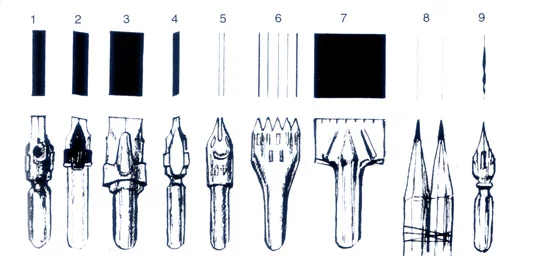My colleague, Barb Howard tells me the memoir manuscripts are pouring into her Writer-in-Residence office at the Calgary Public Library. She recently asked me if I had any suggestions she could pass along to would-be memoirists.
Here are my top three:
(1) Read Vivian Gornick’s The Situation and The Story
This is a classic text, referred to often and always by people who write personal nonfiction. It’s not the book to read when you’re starting to write, but it’s an excellent gate to pass through once you’ve hammered out a first draft.
Gornick’s book is dense and a little obscure in places. It took me a while to understand what she was talking about, and then more thinking to apply it to my own memoir-in-progress. Time well spent when I was ready to sort out the difference between the circumstances of my narrative (the situation) and the insights (the story) I was trying to express.
(2) Check out Bill Roorbach’s Writing Life Stories
I stumbled upon this book almost a decade ago when I realized I was not a fiction writer. I turned the pages and felt like I had walked into a friendly and encouraging writing workshop. I still refer to Roorbach’s chapter on scenemaking (“scene is nearly always what’s missing when a piece of creative nonfiction fails to come to life”). His exercise on teasing out the big ideas in a personal story gave me the tools to do the work Gornick insists upon.
(3) Read as much excellent memoir as you can.
Sue William Silverman’s reading list, which includes memoirs of all stripes, is a good place to start. Check out the personal narratives shortlisted for the Canadian nonfiction prizes. Memoirs of this caliber offer all sorts of answers to the problems that can come up in your own story.
Writing a memoir means spending much of your time diving deep into your own life. It’s important to come up for air every so often. Consider these reading suggestions as an opportunity to remind yourself what the world has to offer. And a chance to breathe.
